Aspects of Various Periods in the Western, Euro-American Tradition
Baroque (ca. 1580-1680)
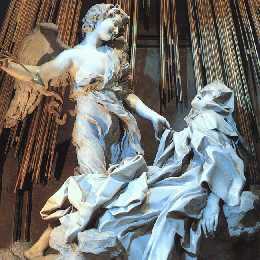
- A blending of the picturesque (the wild, the unexpected, the fantastic) with Renaissance formalism.
- Stress on movement, energy, and realism
- Discord and suspension is set within a heightened, rhetorical emphasis
- Its use of asymmetry, rough form, and obscurity could sometimes lead to an emphasis on the grotesque and the contorted
- The practice of the metaphysical conceit, a strong, unexpected analogy between two objects intended to enlighten both the reason and the emotions
- Tends to focus on the analytical, psychological, and commonplace.
- Often absorbed with thoughts of love, death, and religious devotion.
Aspects of Neo-Classicism and the Enlightenment (ca. 1630-1780)
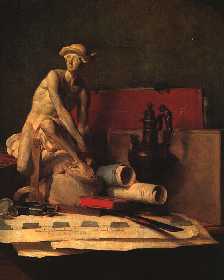
- Stress on reason and the scientific method.
- A belief in the perfection of human nature and society; universally valid principles of nature and society are discoverable
- Even faith is rational; God is reasonable and obeys accepted rational standards. (As a result, this leads many to discount or disbelieve entirely any emphasis on the supernatural)
- Reliance on models of classical Greece and Rome (e.g. the three unities)
- Reverence for order and accepted rules.
- Stress on good taste, decorum, unity, harmony, proportion, and grace in art. Art’s purpose is "to teach" and "to delight."
- Stress on public life, the role of tradition, and sociability stress codes of manners and networks of dependency.
- Traditional hierarchical relationships are (slowly) giving way to republican and mercantile models of government and economics.
- Distrust of invention and extreme displays of emotion, an interest in sentiment and sublimity. The comic is intended to mock lapses in these ideals.
Aspects of Romanticism (ca. 1780-1870)
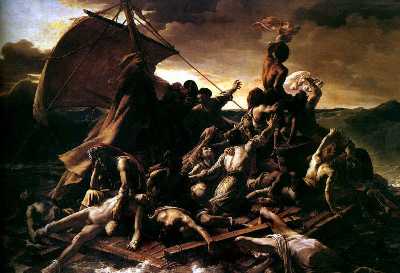
- Shifts in intellectual and cultural emphasis:
- from reason to emotion and imagination;
- from developed to primitive;
- from universal to particular;
- from humanity to nations;
- from community to individuals;
- Feelings as the judge of truth. Intuition and instinct become acceptable if not dominant models for uncovering the reality.
- The theory and practice of revolution: the purging of the old, corrupt society to make way for the new and innocent; stress on liberty and freedom from restraint; individuals will do what is right if freed from authority
- The rise of the commercial class and the Industrial Revolution
- History as a primal force of Necessity or World Soul
- The self as the final arbitrator of what is real and right. The sacredness of the individual.
- The artist or poet moves from having genius to being a genius, from being a maker, one who imitates nature, to a creator, one who brings forth new truth from the self’s expression
- The imagination of offers a realm of reality that science cannot offer. Aesthetic standards become "organic"
- Nature becomes the organic world, which is unified by the spirit of the World Soul.
- At first, society is regarded as simply corrupt, but later romanticism takes on a new belief in social action as the expression of truth in history.
Aspects of Euro-American Realism (ca. 1865-1914)
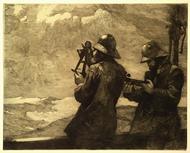 Widespread historical changes in the nineteenth century:
Widespread historical changes in the nineteenth century:
- an acceleration in the growth of the Industrial Revolution, rapid transportation, and population growth.
- a number of reactionary movements, some reconsidering medieval social cooperation, Christian or Marxist socialism, or "art for art’s sake"
- Darwinian evolution, French positivism, and social evolution
- growing doubts in eventual progress and superiority of Western civilization
- British utilitarianism
- Realistic portrait of contemporary life; to present life as it really occurs. Often, it focuses on either middle-class life or the perverse, the vulgar, and the criminal.
- Stress on a belief in scientific materialism, a rejection of romanticism
- Stress on political, social reforms
- Distrust of traditional novelistic patterns; life, after all, lacks symmetry and form.
- Stress on the inner lives of characters; seeks to give an honest portrait of human inwardness.
Aspects of Naturalism (ca. 1870-1930)
- A belief in scientific determinism, that humans are a product of evolutionary and social determinism.
- Life and history are fueled by competition
- The novel is, like a laboratory, studying life empirically.
- Tends to see life and nature as amoral, a product of chance forces.
- Humans are one more species of animal controlled by hunger, anger, fear, and sexual desire.
Aspects of Symbolism (ca. 1857-1930)
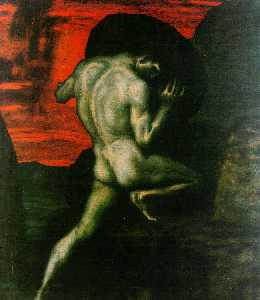
- An extension of the romantic notion of self-consciousness and metaphor.
- Stresses multiple perspectives and the resources of the senses.
- Language as the form of symbols points to another, the larger plane of existence that cannot be understood through scientific, rationalistic methods
- Language is highly controlled to produce its effects.
- More interested in the allusive and the fragmentary.
- It had a large influence on early twentieth-century modernism.
Aspects of (Western) Modernism (ca. 1914-1965)
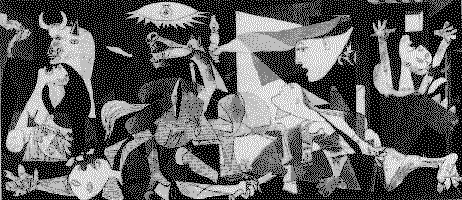
- A partial break with romantic and realist movements, yet some modernist art continues to borrow from these.
- Solipsism: the world is experienced as we perceive it. Some go as far as to argue that we create the world through the act of perception.
- Stress on historical fragmentation, alienation, loss, despair, and angst. A desire to bring out of this some experience of order and/or form.
- History is a subjective portrait.
- Deeply influenced by Freudian portraits of the subconscious.
- Stress on complex, dense, polyvalent forms.
- Adopts methods such as surrealism, futurism, and stream-of-consciousness to express the above.
- An interest in existentialism: the creation of personal meaning, the absurdity (or mystery) of existence.
- Also influenced by shifts in the sciences:
- Einstein (theory of relativity)
- Heisenberg (uncertainty principle)
- Kuhn (paradigm shifts)
- Godel (multiple, exclusive logics)
- Its influence (for better or worse) is spread around the globe through colonialism.
Aspects of Post-Modernism (ca. 1965-present)
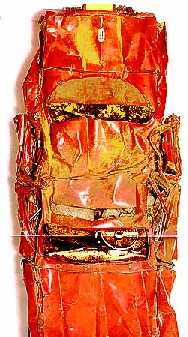
- An extension or a break with twentieth-century modernism. It continues to stress modernist traits of fragmentation, solipsism, alienation, and subjective history.
- Yet it also rejects modernist interests in symbols and form for an interest in the surface, chance, the impersonal, and/or local.
- Strong interest in post-structuralism and deconstruction, theories that find language’s ability to communicate highly problematic. All language is tied to what it seeks to describe. No objectivity.
- Often stresses a cool, detached, emotionally uninvolved style.
- Argues that no coherent, unified reality is possible.
- The (dis)connection between modernism and post-modernism can also be seen not as two discrete movements, but as two poles of an experience:
| Modernism | Post-Modernism |
| romanticism/symbolism | surrealism/dadaism |
| form/function | anti-form/disjunction |
| purpose | play |
| design | chance |
| hierarchy | anarchy |
| mastery/logos | exhaustion/silence |
| art object/finished | process/happening |
| creation | deconstruction |
| presence | absence |
| centering | dispersal |
| root/depth | surface/rhizome |
| interpretation | (mis)reading |
| grand narrative/universal | local history only |
| erotic | androgynous |
| origin and cause | indeterminacy |
